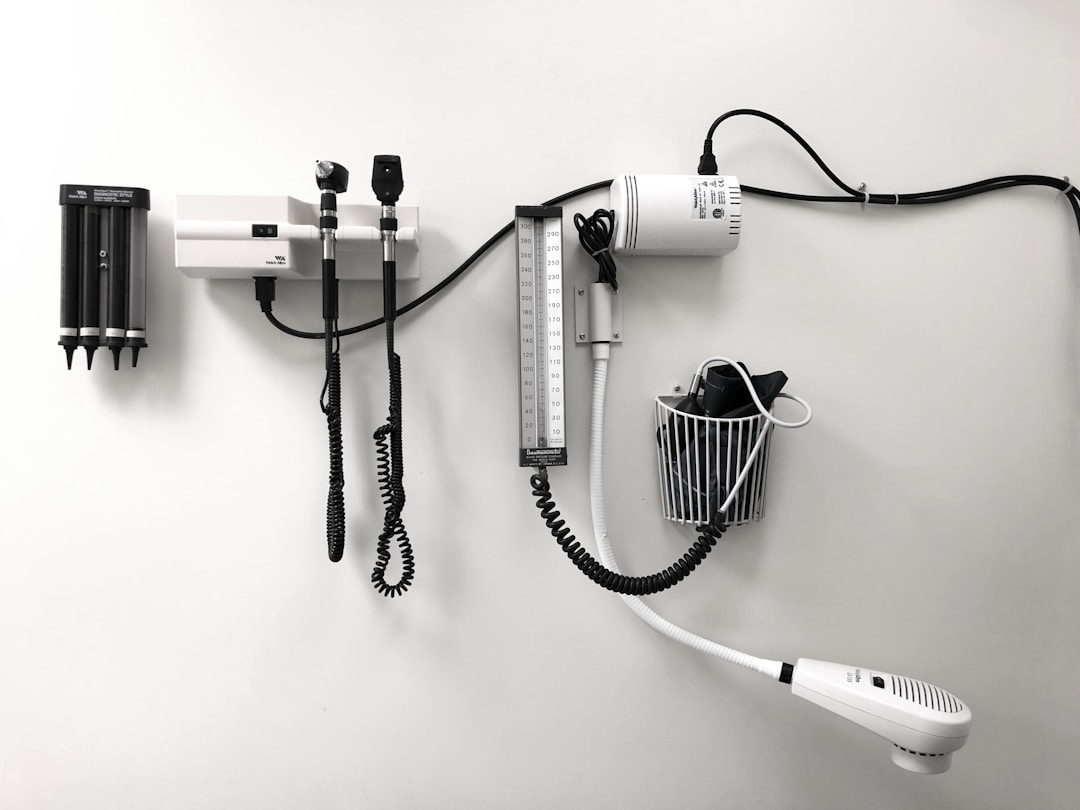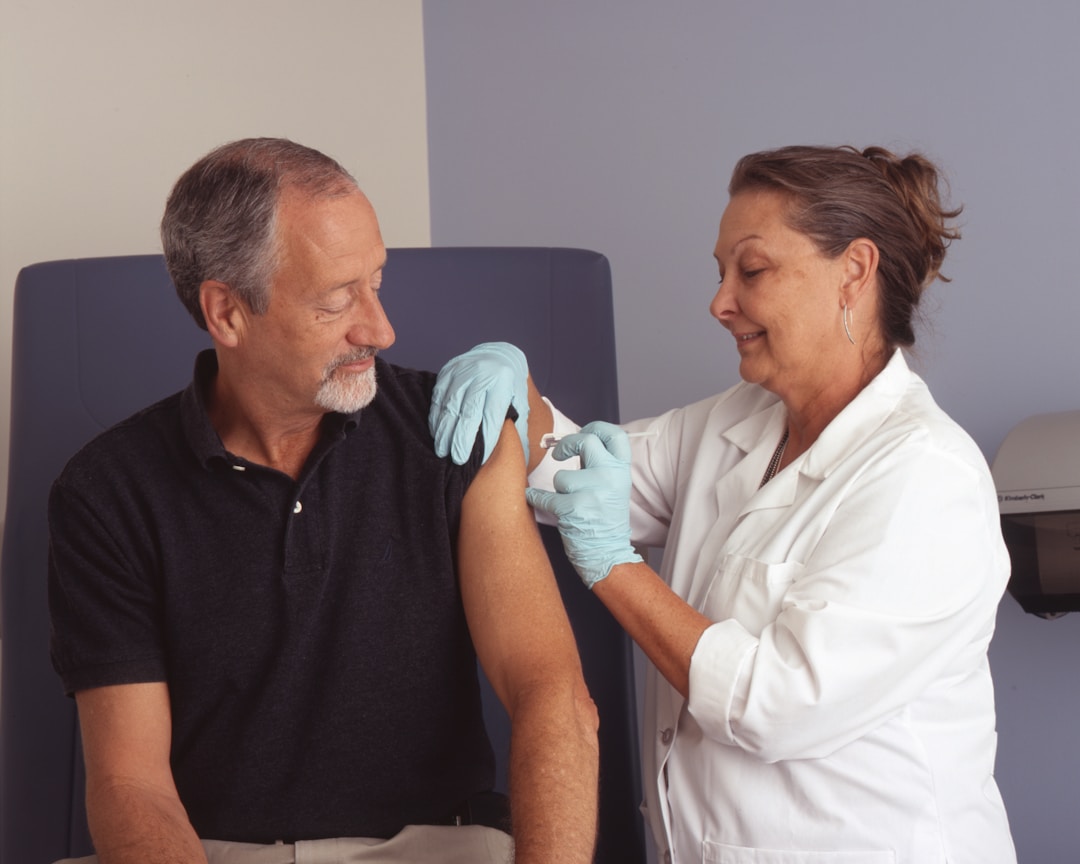When looking to avoid a ride in the ambulance or waiting in a hospital emergency room, urgent care clinics present a viable option for people who aren’t feeling well or are dealing with an injury. With a quick turnaround to take care of patients’ ails, urgent care facilities are working to make sure people are seen with immediacy while making sure that customer service is not being sacrificed. Now, data science is helping urgent care clinics do even better to offer assistance to their clientele. Here are some of the ways in which urgent care is being improved with quality data.
Monitoring Trends in Cases

The use of ANOVA is helping urgent care facilities do better for their patients. So, what is ANOVA? Analysis of variance (ANOVA) is a statistical formula used to compare variances across means of different groups. Through ANOVA, a range of scenarios is used to determine the difference between those groups. Through this, a ratio is discovered, known as an “F statistic,” showing the difference between the within-group variance and the between-group variance, which ultimately produces a figure which allows a conclusion that the null hypothesis is supported or rejected.
This innovation of data science is helping urgent care services to assess critical values in terms of caseload. For example, urgent care facilities saw an overwhelming number of patients come in for COVID-19 testing. The results of these tests were used to identify COVID clusters within neighborhoods where case numbers and hospitalizations soared. With an independent variable of location and a dependent variable of COVID testing, full factorial ANOVA applications helped to determine the ratio of positive-to-negative cases, affording city, county, and state governments access to test statistics.
Citing Medication Effectiveness

Strides in this digital transformation are also helping different populations discover the effectiveness of certain medications in the research and public realms. An ANOVA model will study the effectiveness of these meds on a particular illness and a particular factor level that may be a common symptom in patients. For example, if you’re testing a high blood pressure medication, you’ll want to divide the sample population tested into the groups receiving those drugs and their average blood pressure over time. ANOVA helps to compare these group means to find out their statistical differences.
This data analysis can be utilized by urgent care facilities to determine success rates with certain prescription medications. By spotting a significant result of recovery within a certain age group and based on certain illnesses, clinicians can better assess situations. This can also help for outliers who are diagnosed with the ailments. For example, if someone is allergic to a particular type of drug, urgent care service providers are better able to pinpoint a drug with similar effects without triggering an allergic reaction.
Working Out Marketing Campaigns

Beyond monitoring a dataset of a group of patients, ANOVA and other data science innovations can help urgent care clinics better advertise their services. For example, patients may subscribe to emails from these clinics when they are awaiting results, but then they’re sent right into the spam folder. With so many emails going around, it has become very difficult and resource-intensive to identify and reject all spam emails. ANOVA and F-tests are deployed to identify features that were important to correctly identify what is and isn’t spam.
In addition, urgent care facilities can take their sample data and learn from overall customer satisfaction to make sure they are appealing to the right marketplace. Many facilities saw success promoting their services on social media in different ways, particularly during surges of cases of the flu during the winter, as well as COVID-19. By delving into a large sample and making better decisions to accommodate a number of groups, clinics are now getting ahead of the game to the benefit of their patients.

